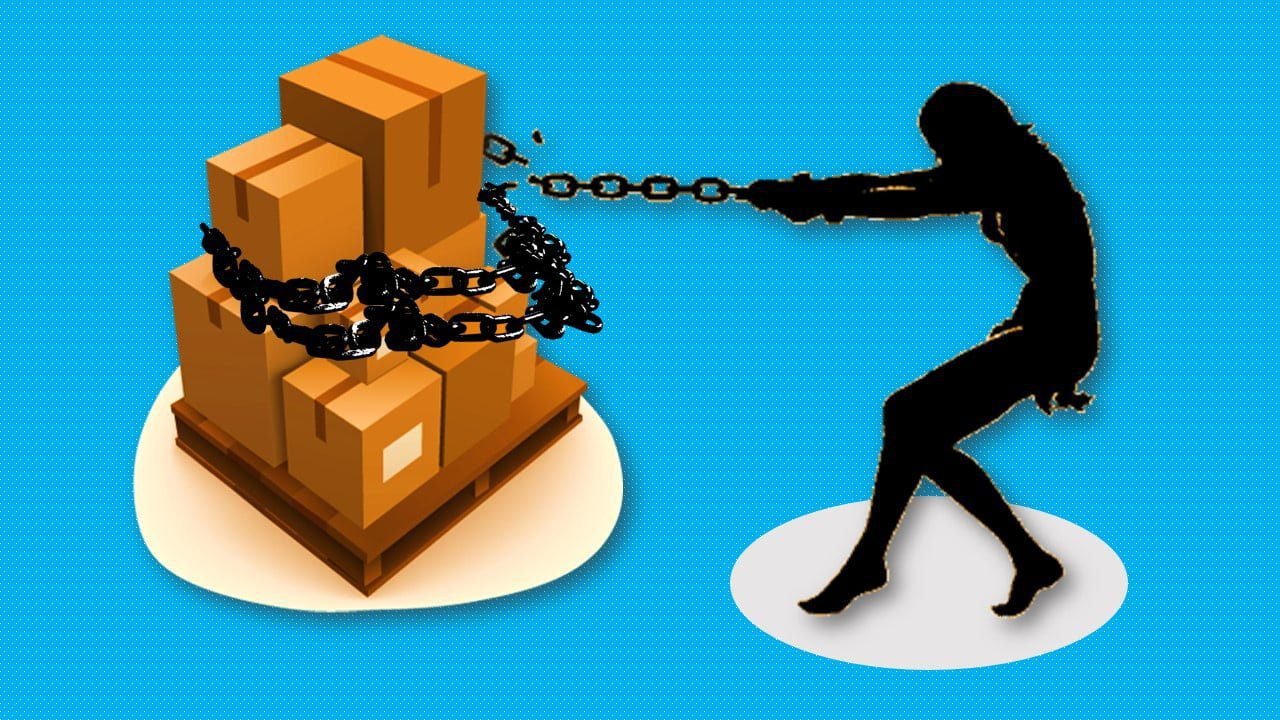This article of the Factors influencing Plant Layout (PDF) in Production Management is explaining in their 12 key points – 1) Nature of the product, 2) The volume of Production, 3) Basic managerial policies and decisions, 4) Nature of plant location, 5) Type of industry process, 6) Types of methods of production, 7) Nature of machines, 8) Climate, 9) Nature of Materials, 10) Type of machine and equipment, 11) Human factor and working conditions, and 12) Characteristics of the building.
Here the questions and answer – What are the Factors influencing Plant Layout? Discussion.
The following are some important factors which influence the planning of effective plant layout to a significant degree.
Nature of the product:
The nature of the product to manufacture will significantly affect the layout of the plant. The stationary layout will be most suitable for heavy products while line layout will be best for the manufacture of light products because small and light products can move from one machine to another very easily and, therefore, more attention can pay to machine locations and handling of materials.
The volume of Production:
The volume of production and the standardization of the product also affect the type of layout. If standardized commodities are to manufacture on a large scale, the line type of layout may adopt. If production is made on the order of the customers, the functional layout is better to adopt.
Basic managerial policies and decisions:
The type of layout depends very much on the decisions and policies of the management to follow in producing a commodity with regard to size of plant, kind and quality of the product; scope for expansion to provide for, the extent to which the plant is to integrate, amount of stocks to carry at any time, the kind of employee facilities to provide, etc.
Nature of plant location:
The size, shape, and topography of the site at which plant is located will naturally affect the type of layout to follow because of the maximum utilization of space available. For example, if a site is near the railway line the arrangement of general layout for receiving and shipping and for the best flow of production in and out the plant may make by the side of the railway line. If space is narrow and the production process is lengthy.
Type of industry process:
This is one of the most important factors influencing the choice of the type of plant layout. Generally, the types of layout particularly the arrangement of machines and work centers and the location of workmen varies according to the nature of the industry to which the plant belongs.
For layout, the industry may classify into two broad categories:
- Intermittent, and.
- Continuous.
Intermittent type of industries is those which manufacture different components or different machines. Such industries may manufacture the parts when required according to the market needs. Examples of such industries are shipbuilding plants. In this type of industry functional layout may be the best.
The second type of industry in “continuous” industry. In this type of industrial raw materials are fed at one end and the finished goods are received at another end. A continuous industry may either be analytical or synthetically. As the analytical industry breaks up the raw material into several parts during the production process or changes its form, e.g. oil and sugar refineries.
A synthetic industry, on the other hand, mixes the two or more materials to manufacture one product along with the process of production or assembles several parts to get the finished product. Cement and automobile industries are examples of such industry. Line layout is more suitable in continuous process industries.
Types of methods of production:
Layout plans may be different according to the method of production proposed to adopt. Any of the following three methods may adopt for production:
- Job order production.
- Batch production, and.
- Mass Production.
Under job production goods are produced according to the orders of the customers and therefore, specifications vary from customer to customer and the production cannot standardize. The machines and equipment can arrange in a manner to suit the need of all types of customers. Batch production carries the production of goods in batches or groups at intervals.
In this type of manufacturing the product standardizes and production makes generally in anticipation of sales. Such cases, functional or process layout may adopt. In the case of mass production of standardized goods, line layout is the most suitable form of plant layout.
Nature of machines:
Nature of machines and equipment also affects the layout of the plant. If machines are heavy or create noisy atmosphere, stationary layout may reasonably adopt. Heavy machines are generally fixed on the ground floor. Ample space should provide for complicate machines to avoid accidents.
Climate:
Sometimes, temperature, illumination, and air are the deciding factors in deciding the location of machines and their establishments. For example, in the lantern manufacturing industry, the spray painting room is built along the factory wall to ensure the required temperature control and air expulsion and then the process of spray painting may undertake.
Nature of Materials:
Design and specifications of materials, physical and chemical properties of materials, quantity, and quality of materials and combination of materials are probably the most important factors to consider in planning a layout. So, materials storage and materials handling should give due consideration.
For materials storage factors such as rate of consumption of raw materials, space, volume and weight of raw materials, floor load capacity, ceiling height method of storing should give special consideration. This will affect the space and the efficiency of the production process in the plant. It will facilitate economic production goods and prompt materials flow and a soundly conceived materials handling system.
Type of machine and equipment:
Machines and equipment may be either a general-purpose or special purpose. Also, certain tools are used. The requirements of each machine and equipment are quite different in terms of their space, speed and material handling process and these factors should give proper consideration while choosing out a particular type of layout.
It should also consider that each machine and equipment use to its fullest capacity because machines involve a huge investment. For instance, under product layout, certain machines may not use to their full capacity so care should take to make full use of the capacity of the machine and equipment.
Human factor and working conditions:
Man is the most important factor of production and therefore special consideration for their safety and comforts should give while planning a layout, specific safety items like the obstruction-free floor, workers not exposed to hazards, exit, etc. should provide for. The layout should also provide for the comforts to the workers such as the provision of restrooms, drinking water, lavatory, and other services, etc. Sufficient space is also to provide for the free movement of workers. For this, provisions of the Factories Act should follow strictly.
Characteristics of the building:
The shape of building, covered and open area, number of stories, facilities of elevators; parking area, storing place and so on also influence the layout plan. In most of the cases where the building hires. The layout is to adjust within the space available in the building.
Although minor modifications may finish suiting the needs of the plant and equipment. But if the new building is to construct, proper care should give to construct it according to the layout plan drawn by experts. The special type of construction needs to accommodate huge or technical or complex or sophisticated machines and equipment.

It is clear from the above description that several factors are considered while choosing out a plan for plant layout. Because they affect the production and its cost to a great extent.



















